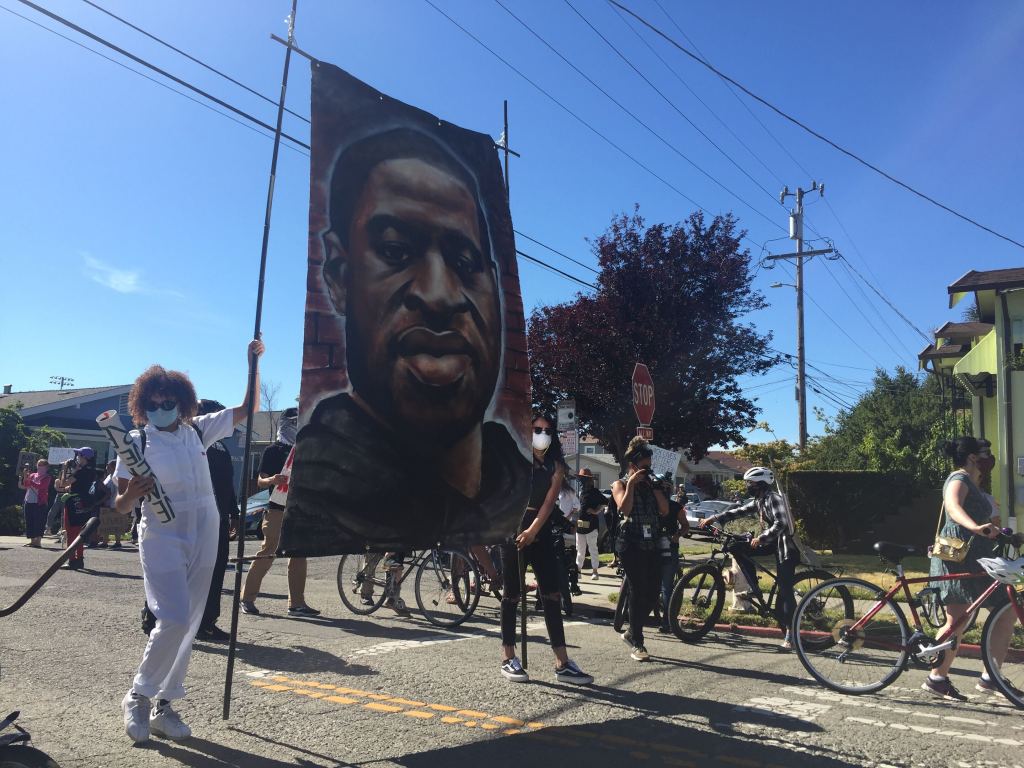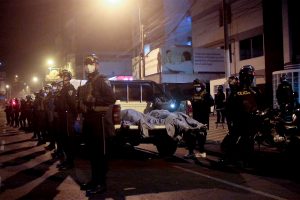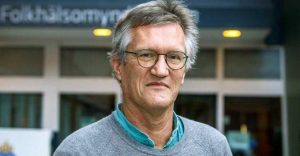Americans want something different from the police departments they pay for.
“The world has changed in the past few months,” said Laurie Robinson, a criminology professor at George Mason University who served as co-chair of the Obama administration’s 2014 Task Force on 21st Century Policing. “Since Floyd, there’s been a broad focus on fixing criminal justice.”
George Floyd, of course, died May 25, in Minneapolis, under a policeman’s knee. Over the next few weeks, as protests spread across the country, clashes broke out in which many Americans were subject to violence – also by police.
That wave of violence, according to Robinson and others, is why public opinion about law enforcement is changing.
Though polls show most Americans still hold police in high regard – and few support defunding police departments – they also show strong majorities believe police don’t apply appropriate force in all situations and don’t apply the law equally to people of all races.
To solve those problems, communities around the country are considering a wave of new ideas for their police departments: Citizen patrols? Technology-based traffic enforcement? No police force at all? Whatever the result, many say the current mood could lead to a bigger overhaul than the tweaks and adjustments that came during earlier waves of police reform.
And the answer might not be as simple as simply taking away a few police responsibilities. Modern policing means dealing with a range of social ills – addiction, homelessness, mental illness – that don’t touch on traditional ideas of crime but can pose a threat to overall public safety.
So the public focus on law enforcement sparks some questions: What should be the basic mission of a police department? What, exactly, do we want our police to do?
Crime, safety, order
Police reform – or, at least, political demands for it – is ingrained in American life. The idea pops up routinely in the wake of civil unrest, high-profile police killings, or spikes in crime.
The most recent big-picture effort at reform, the Task Force on 21st Century Policing, was, by many accounts, the most productive.
The effort – convened by the Obama administration in the wake of unrest that followed the 2014 police shooting of Michael Brown in Ferguson, Missouri – took input from police leaders, civil rights activists, lawyers and academics, among others. The goals were ambitious: to reduce the use of force, increase data collection and transparency, and make police departments more responsive to all communities. In short, it was aimed at changing police culture.
The results weren’t trivial. In the past six years, departments around the country have started using body cameras, banned some dangerous restraints and begun to emphasize soft skills like conflict resolution.
Robinson, the criminologist who co-chaired the task force, said a study taken since her group issued its report found many of the nation’s biggest police departments have changed their policies on use of force and training. Critically, she noted, police shootings among the 47 biggest departments fell by 21%.
“I do think there was change after Ferguson,” Robinson said. “For a lot of leaders of police departments, it was definitely an awakening.”
The Ferguson shooting, and other high profile police killings, also changed public opinion.
Even as polls show most people still hold police officers in high regard, they also show majorities believe police don’t apply laws equally to people of all races and ethnicities. And studies of police violence support that opinion, with data showing that people of color – particularly Black men – are far more likely than others to die as a result of a police encounter.
Robinson said she’s sensed the wariness even in her criminology classes.
“Before Ferguson, most of my students were pro-police,” she said. “Since then, I’d say most are skeptical.”
But the Ferguson-sparked task force, like other reform efforts, was aimed at adjusting police departments — tweaking organizations and operations that have been fundamentally unchanged for decades.
The argument of the past few months seems to be bigger. The phrase “defund the police” – chanted during many protests – has evolved into a broader push to reimagine how police departments work and what they should be trying to do.
Mission creep
Addiction, mental illness, abject poverty; all have all become police issues. As a result, the government’s primary liaison to people who can’t get off drugs or who suffer chemical brain imbalances or who are so poor they can’t afford shelter is usually a police officer.
That role is a drain on everybody involved.
Federal data shows that only about 5% of the roughly 10 million arrests made in the United States each year are for crimes of violence, threats of violence or significant financial damage. The vast majority of all other police contacts involve people of color and people without a lot of money.
“There’s enormous cost to those arrests,” Robinson said. “That’s true for the people involved, for taxpayers, and the police themselves.”
For Greg Stults, a retired high school teacher in Oakland who has two sons connected to law enforcement, reform shouldn’t necessarily mean a totally new mission for local police.
“Not sure I’m into defunding anything,” Stults said.
But he does see an opportunity to help police focus on crime and safety by reducing or improving their role as social workers.
A few communities have already done exactly that.
Since 1989, the city of Eugene, Oregon, has routed calls related to homelessness and mental illness to unarmed social workers instead of police. In 2017, the last year for which data is available, the program known as CAHOOTS saved taxpayers in Eugene – a city of about 171,000 – about $12 million. Also, fewer than 1% of those calls required police referrals.
In Portland, Oregon, a similar program, Project Respond, has trained nonsworn officers to handle mental health interventions and route people to appropriate health care. Police departments in Denver and Houston are using similar tactics.
In Minneapolis – the city where George Floyd died – leaders recently launched a yearlong project to reinvent the police department.
In California, several cities also are experimenting with new visions of policing.
Oakland and Berkeley, for example, are both considering programs that would reduce police contact with the mentally ill. A recent budget proposal for the Los Angeles Police Department includes the idea of taking some traffic enforcement out of the hands of police. In San Francisco, police are reducing their responses on calls involving nonviolent crimes.
And in San Jose and Santa Ana, among others, residents have asked city officials to consider shifting police funds to social programs.
Going forward, any push to rethink the mission of police departments in California figures to play out against a backdrop of tighter state regulation. At least two dozen bills being discussed in Sacramento would change police operations.
Some of the ideas under consideration would redefine what constitutes excessive force, adjust the way police control crowds and beef up public disclosure of officer misconduct. One proposal would call on officers to intervene with other police if they believe excessive force is being used.
Even before the recent controversy, in August of last year, Gov. Gavin Newsom signed a law that says police can use deadly force only when it is deemed “necessary.” The previous standard allowed officers to shoot when they believed it was “reasonable.”
Reformers say the simple word swap makes California’s deadly force law among the toughest in the country.
For some of the people who spoke out against police brutality in the wake of Floyd’s death, steps toward reform are welcome.
“You know, George Floyd was being held because of (an allegedly counterfeit) $20 bill,” said Alexa Sanchez, a Santa Ana waitress who in June attended several protests in Orange County.
“I don’t know what the rules should be, but we’ve got to be able to do better than that.”



















